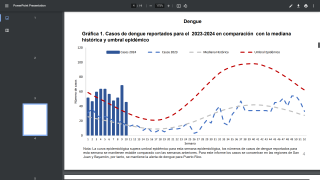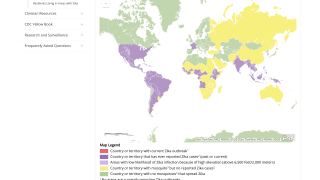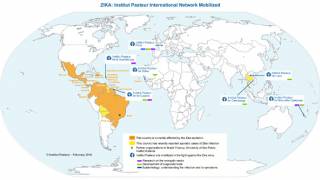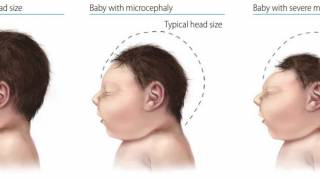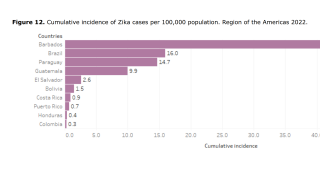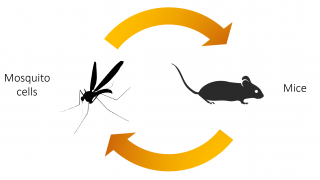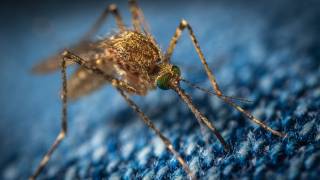Spatial Repellents Significantly Reduce Zika Infections
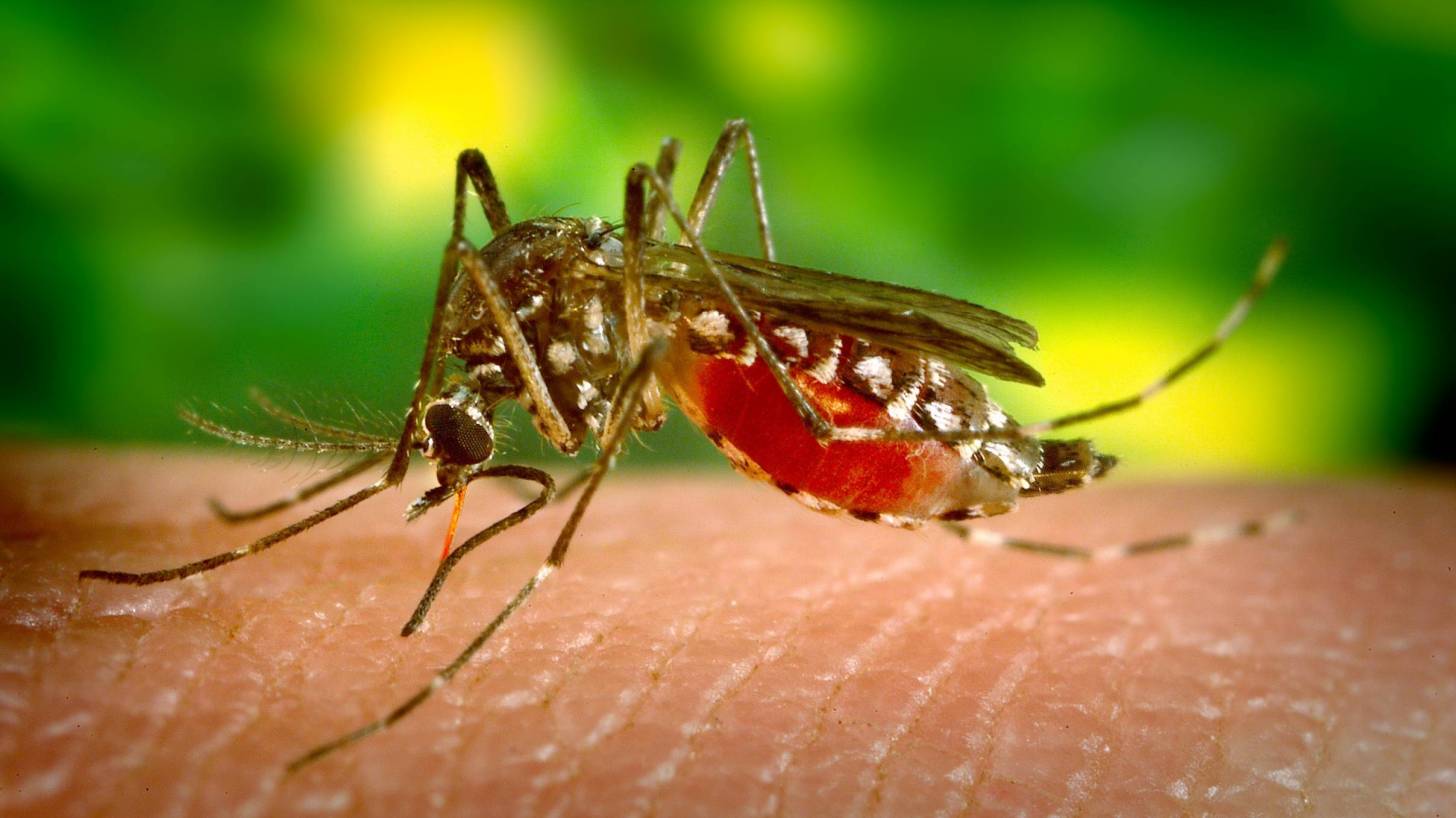
A spatial repellent product could reduce dengue and Zika infections by about 34 percent, according to new research released by the University of Notre Dame, in cooperation with the University of California, Davis, and the U.S. Naval Medical Research Unit Six.
The data was collected from a Peru-based study and represents the second clinical trial of a 5-year global program to investigate the impact of spatial repellents in reducing mosquito-borne disease.
On October 27, 2020, Nicole L. Achee, co-principal investigator of the study and a research professor in the Department of Biological Sciences at Notre Dame, said in a press release: “This is the first clinical trial to conclusively show a spatial repellent can protect against Aedes-borne virus infection in humans — a seminal milestone in research and development of spatial repellents as an effective intervention in disease control programs.”
“This outcome contributes to building evidence that spatial repellents have the potential to improve public health in areas of the world where mosquito-borne diseases are a significant burden.”
In addition to reducing Aedes-borne virus infection rates by an estimated 34%, researchers found that SC Johnson’s first-generation spatial repellent technology significantly reduced the number of mosquitoes found indoors by approximately 29 percent.
“As part of our commitment to helping address some of the world’s most pressing public health threats, SC Johnson is proud to support disease prevention efforts and create opportunities for a better quality of life for underserved populations,” added Fisk Johnson, Ph.D., Chairman, and CEO of SC Johnson.
“Life-threatening diseases, like dengue and Zika, are preventable, yet billions of people around the world lack access to personal protection methods. We are working to prove the effectiveness of this spatial repellent so we can get it into public health systems and save lives.”
While progress has been made in reducing mortality rates, the World Health Organization (WHO) says Zika cases have declined globally, it remains a challenging illness for vulnerable communities in endemic areas. As a result, families require additional tools to protect themselves against mosquitoes and the diseases they may carry.
Spatial repellents offer a new opportunity for public health organizations to bridge the coverage gap in mosquito bite prevention, says the WHO.
Thomas Mascari, Ph.D., Entomologist at SC Johnson, commented: “This study is the most robust and conclusive study to date demonstrating the protection an insecticidal product can provide against Aedes-borne viruses, and is proof that spatial repellents can have a positive real-world impact in lessening the transmission of these diseases.”
SC Johnson provided integral industry and product expertise, manufacturing, and market access, particularly in the development and production of the Mosquito Shield™ products used in the University of Notre Dame clinical studies.
Transfluthrin, the active ingredient in Mosquito Shield™, passively emanates using natural airflow to protect people from mosquitoes in a specific area. This active is registered with the U.S. Environmental Protection Agency and is used globally in pest control products.
An optimized version of the Mosquito Shield, which emanates for 30 days, will be used in upcoming large-scale clinical trials funded by UNITAID in Mali, Kenya, and Sri Lanka.
For more information about SC Johnson and its social corporate responsibility efforts, visit SC Johnson.
ZikaNews publishes research-based news.
Our Trust Standards: Medical Advisory Committee

